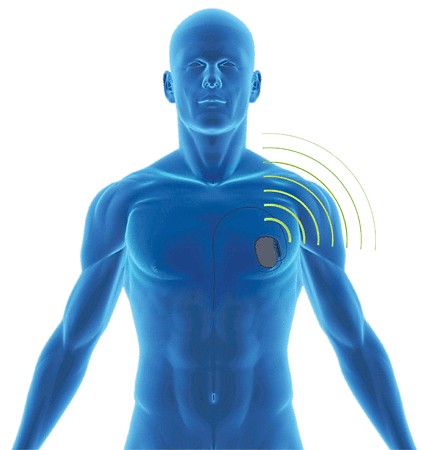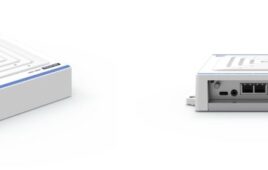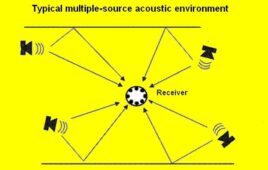The increasing availability of compact, low power wireless medical technologies will enable a new generation of human implantable medical monitoring and patient care devices using the Medical Implant Communication Service (MICS) radio frequency band, according to Cambridge Consultants. Designers of personal, self-contained medical devices for blood pressure and metabolite monitoring and control, new drug delivery tools or neuro-stimulation technology are moving toward wireless devices that can be implanted into the human body for constant, yet unobtrusive care.

One of the challenges of these devices, however, is designing a suitable antenna that can operate within the complex RF environment of the human body where fat, muscle, and skin tissue create challenging wireless signal conditions. Cambridge Consultants, a design and development company, recently tested MICS band antennas for just such implantable devices.
New approaches to the shape and size of an implantable antenna can provide improved and consistent-read coverage for a monitoring or drug-delivering device, and can improve performance and battery life. A recent demonstration by the company showed a seven-fold improvement in power consumption, potentially extending the use of an implantable device by a significant margin.
Cambridge Consultants
www.cambridgeconsultants.com
::Design World::
Filed Under: Wireless • 5G and more, Medical-device manufacture





Tell Us What You Think!